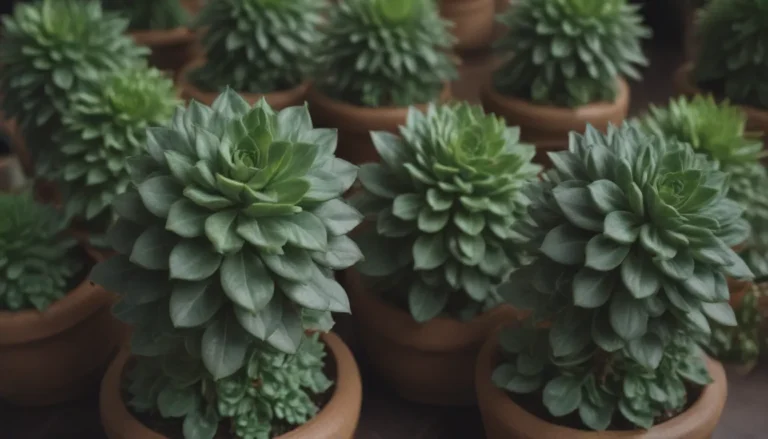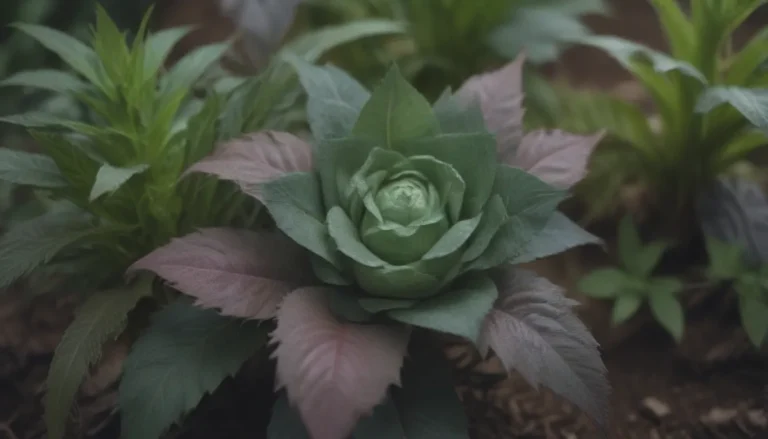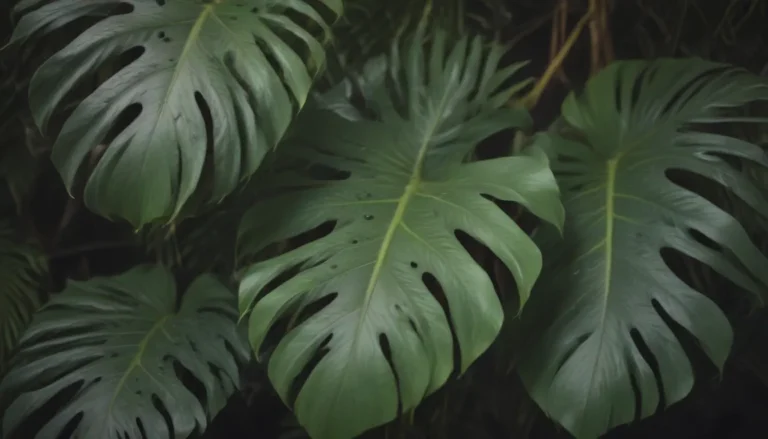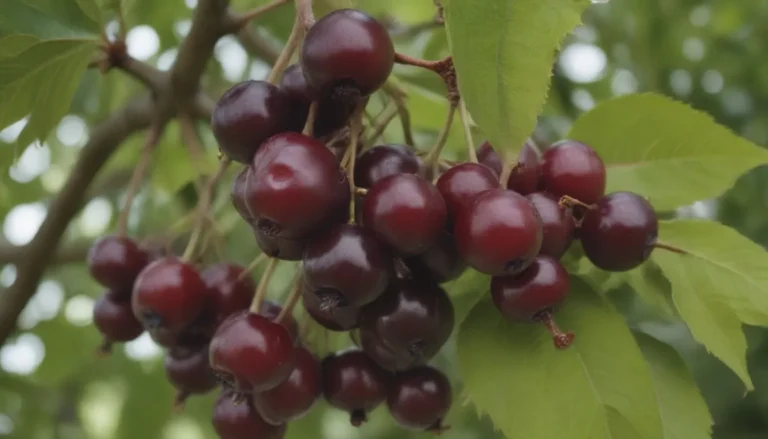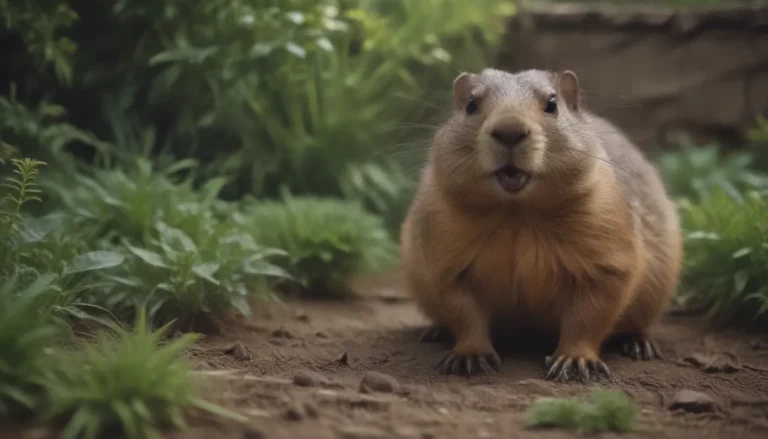A Comprehensive Guide to Growing and Caring for Black Hills Spruce Trees
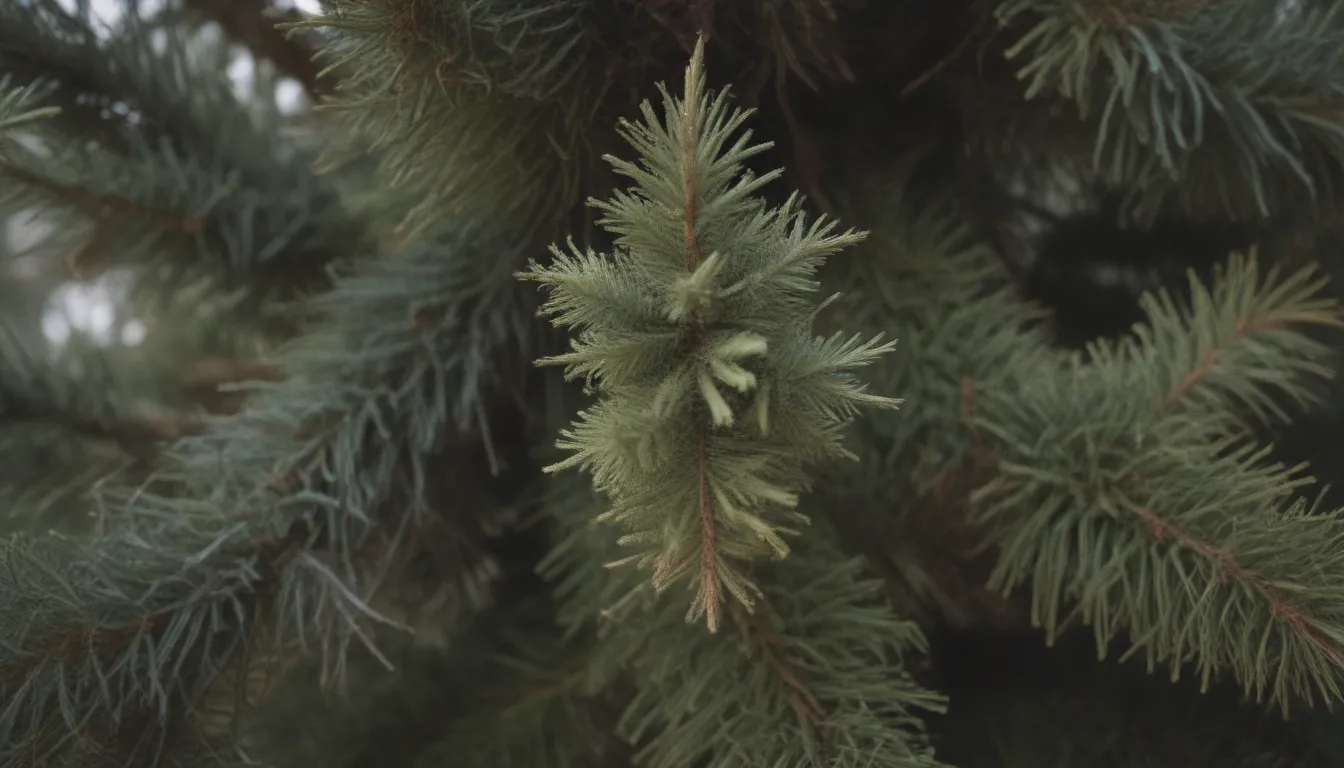
Are you looking to add a touch of elegance and beauty to your landscape with the stunning Black Hills spruce tree? Well, you’re in luck! In this comprehensive guide, we will explore all the ins and outs of growing and caring for this unique cultivar of white spruce. From its preferred light and soil conditions to propagation methods and common pests, we’ve got you covered with everything you need to know to ensure your Black Hills spruce thrives in your garden.
What is Black Hills Spruce?
The Black Hills spruce is a cultivated variety of white spruce that is native to the Black Hills of South Dakota. Known for its aromatic deep green to blue-green needles and dense, narrow form, this tree is a striking addition to any landscape. It thrives in dry, non-humid conditions with cold winters and cool summers, making it ideal for USDA hardiness zones 3-6.
Black Hills Spruce Care Requirements
Here are the main care requirements for growing a Black Hills spruce tree:
Light
While the Black Hills spruce can tolerate partial shade, it thrives in full sun. Aim to provide your tree with at least six to eight hours of sunlight per day for optimal growth.
Soil
The Black Hills spruce is highly adaptable to various soil types, including clay, loam, and sand. However, it prefers slightly acidic soil, so consider testing the pH of your soil and amending it as needed to create the ideal growing conditions for your tree.
Water
During the first two years after planting, water your Black Hills spruce tree weekly, especially during periods without heavy rainfall. Once established, the tree will require less supplemental watering.
Temperature and Humidity
Originating from the Black Hills of South Dakota, this tree is well-suited to dry conditions, cold winters, and cool summers. When planting at lower elevations, ensure there is ample airflow around the tree to prevent moisture buildup.
Fertilizer
Black Hills spruce trees generally do not require supplemental fertilizer. However, incorporating organic compost into the soil during planting can provide essential nutrients for healthy growth. Monitor your tree for any signs of nutrient deficiencies and adjust as necessary.
Types of Black Hills Spruce
While there are multiple cultivars of white spruce, the Black Hills spruce is commonly available as the cultivated variety ‘Densata’. This cultivar was previously designated as var. densata but is now recognized as a unique cultivar due to its similarities to wild white spruce populations.
Pruning Tips for Black Hills Spruce
Pruning your Black Hills spruce tree is relatively straightforward. Remove dead or broken branches at any time, and consider raising the canopy by trimming lower branches in late winter or early spring. Avoid excessive pruning, as this tree typically does not require regular pruning.
Propagation Methods for Black Hills Spruce
You can propagate Black Hills spruce trees through seed or cutting. If opting for cuttings, late summer or early fall is the ideal time to propagate new trees. Growing spruce trees from seed requires patience, as the roots need time to mature before transplanting outdoors. Keep in mind that Black Hills spruce trees produce an abundance of seeds, allowing you to create a stand of trees if desired.
Common Pests and Diseases
While Black Hills spruce trees are relatively pest and disease-resistant, occasional infestations of mites, aphids, or bagworms may occur. Monitor your tree closely for signs of pests and treat as needed. Bagworms, in particular, can be managed with Bacillus thuringiensis. Additionally, be on the lookout for rust diseases, which may cause yellowing and dropping of infected needles.
Common Problems with Black Hills Spruce
Black Hills spruce trees are generally low-maintenance and free of significant issues when planted in suitable environments. Avoid placing the tree in urban or coastal areas with high humidity, overcast conditions, or excessive moisture. Additionally, differentiate between Black Hills spruce (Picea glauca ‘Densata’) and black spruce (Picea mariana), as they have distinct preferences for soil and growing conditions.
In conclusion, the Black Hills spruce is a magnificent tree that can enhance the beauty of your landscape with its unique features and low-maintenance requirements. By following the care guidelines outlined in this guide, you can ensure your Black Hills spruce thrives and becomes a focal point in your outdoor space. Whether you’re a seasoned gardener or a beginner looking to add a touch of sophistication to your garden, the Black Hills spruce is a fantastic choice that will not disappoint. Happy planting!
